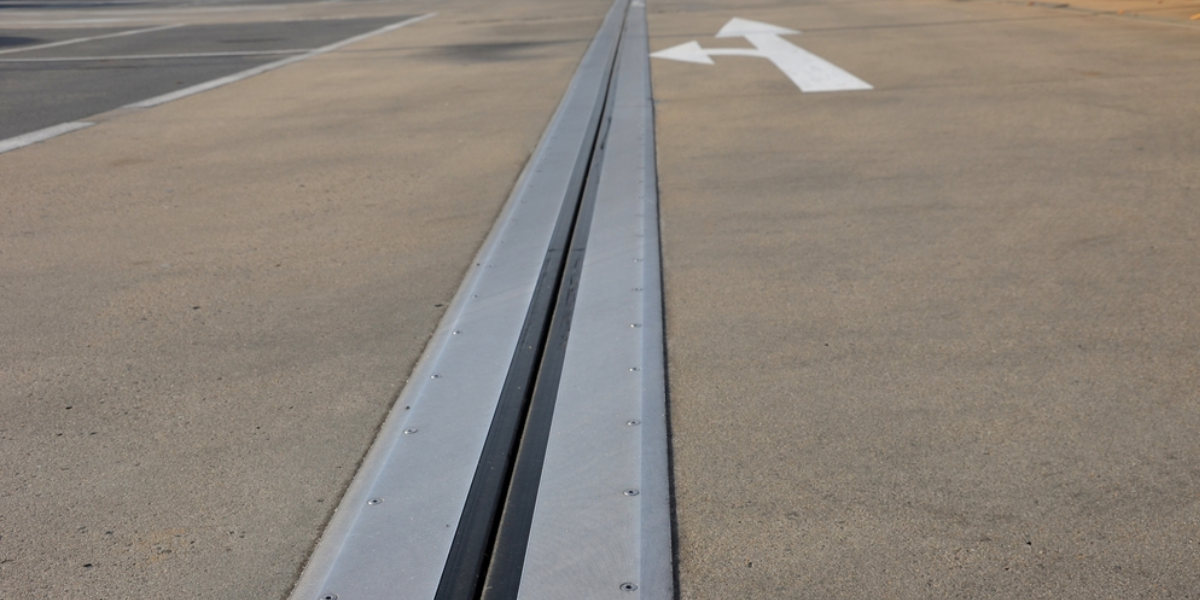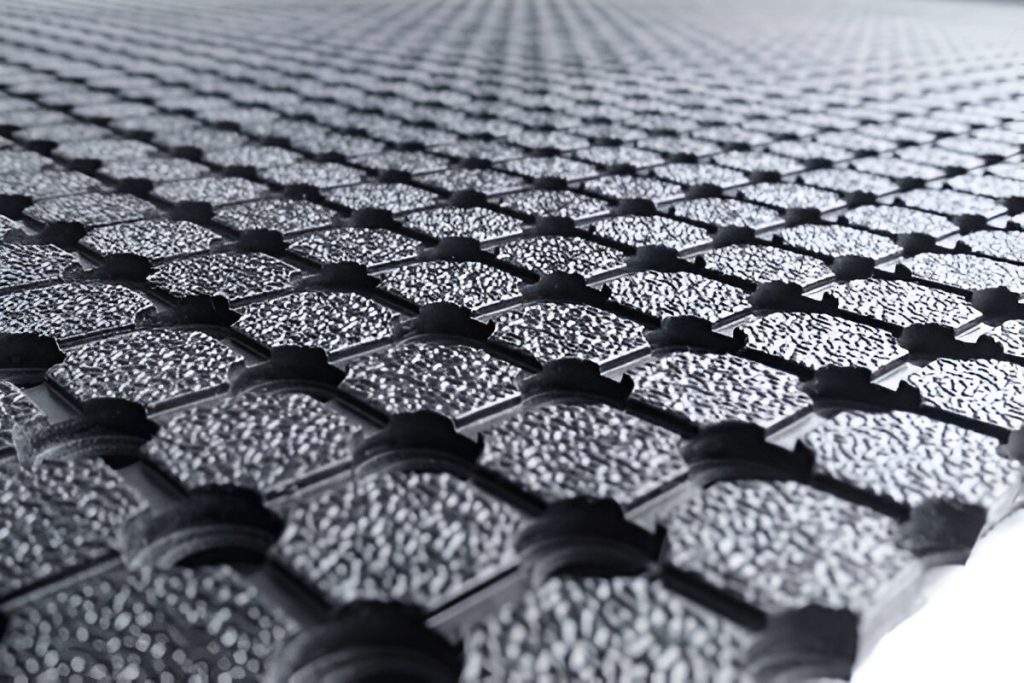A project’s need attention to minute details when relating to building and engineering. Sometimes, people or decision-makers usually neglect the choice of the expansion joint. However important aspect of any project is the selection of expansion joints. Additionally, Expansion joints play a necessary role in adjusting the natural movement and thermal expansion of structures, preventing damage and ensuring longevity. Let’s look into the types and usage of expansion joints in the construction either homes, buildings and bridges.
Understanding Expansion Joints:
Expansion joints allow a structure to adjust to shifting conditions without losing strength by absorbing thermal expansion, contraction, vibration, and movement. Because they water leaks, cracks, and structural failure, they are important parts of pipelines, buildings, bridges, and other structures.
Types of Expansion Joints:
1. Metal Expansion Joints:
Metal expansion joints are well known for their strength and resistance to degradation, as manufacturers frequently compose them of stainless steel or other alloys. However, These joints offer great flexibility and are ideal for high-temperature applications. They are frequently utilized in industrial environments, including chemical and power plants.

2. Rubber Expansion Joints:
Rubber expansion joints are chosen because of their adaptability and capacity to withstand vibration and stress. These serve as excellent options for pipelines and HVAC (heating, ventilation, and air conditioning) systems, however, among other applications where shock absorption and noise reduction are required. Somehow they might not be the best choice in extreme hot conditions.
3. Fabric Expansion Joints:
Fabric expansion joints are lightweight and offer flexibility in various directions. They are commonly used in duct work and exhaust systems, where movements are multi-directional. Additionally, Fabric joints are resistant to corrosion, making them suitable for certain industrial settings.
Factors to Consider When Choosing Expansion Joints:
- Temperature changes
- Pressure changes
- Types of oil or gases involved
- Frequency and extent of movement
- Compatibility with surrounding materials
- Environmental conditions (corrosion, abrasion, etc.)
- Installation space and conditions
- Maintenance requirements
- Compliance with industry standards and regulations
- Cost considerations
- Longevity and durability of the expansion joint
- Custom expansion joint design and pattern options
The quality of Polycraft’s expansion joints makes it different from other brands in several forms. Known for its superior durability and reliability, Polycraft’s joints show superior strength and resistance to wear and tear. The use of high-grade materials, including top-quality alloys, steel and rubber, ensures longevity and optimal performance. Additionally, Polycraft’s commitment to rigid quality control measures contributes to the constant excellence of its expansion joints, making them a reliable choice for applications where durability and longevity are important.
We are the manufacture of following expansion joints:
Types of Expansion Joint
- Bridge Expansion Joint
- Railway Expansion Joints
- Pipe Expansion Joints
- Masonry Expansion Joint

Why Bridges Need Expansion joints:
Bridges are complex structures designed to resist various environmental conditions and loads over time. One essential element in the design and construction of bridges is the incorporation of expansion joints. Moreover, These joints serve several essential purposes, addressing the driving forces and environmental factors that bridge encounter.
Here are fundamental reasons why bridges need expansion joints:
1. Size Variations Due to Temperature Changes
Bridges are exposed to temperature variations throughout the year. As temperatures change, the materials used in bridge construction expand and contract. Without proper accommodation for this thermal movement, the bridge structure could experience significant stress, leading to cracks, deformations, or even structural failure. Additionally, Expansion joints allow the bridge components to expand and contract freely, reducing the impact of temperature changes.
2. Providing Structural Stability
Traffic, wind, and earthquakes are a few examples of the dynamic stresses that bridges must resist. These loads generate movement and stress in the bridge components. In addition, without expansion joints, this movement could increase and result in structural damage, compromising the state of the bridge. Expansion joints act as buffers, absorbing the forces and preventing the transmission of excessive stress throughout the bridge structure.
3. Changes in Ground Support
Bridges often traverse different landscapes, encountering variations in soil conditions. Differing settlement rates in the supporting structures can lead to uneven movement, creating stress points. However, expansion joints allow the bridge components to move independently, accommodating differential settlement and preventing the formation of cracks or uneven stress distribution.
4. Changing Positions in Multiple Directions
There may be both linear and multidirectional movement, depending on the layout and architecture of the bridge. Designers create expansion joints to adapt to a range of movements, including longitudinal, transverse, and vertical shifts. This flexibility ensures that the bridge can adapt to varying conditions and environmental factors without compromising its stability.
5. Water flow:
Rainfall often exposes bridges, and the increase of water on the deck can act as challenges. In addition, expansion joints incorporate features that facilitate water drainage, preventing the pooling of water on the bridge surface. However, Proper drainage is essential for preventing decay, maintaining frictional resistance, and ensuring the safety of vehicles crossing the bridge.
6. Minimizing Sound and Vibrations:
Traffic loads and other external forces can generate noise and vibrations in bridge structures. Additionally, Rubber or elastomeric expansion joints often absorb and dampen vibrations to reduce these effects. This not only improves the comfort of the bridge users but also contributes to the Longevity of the bridge components.
7. Supporting Maintenance Activities
Expansion joints provide access points for inspection and maintenance activities. Regular inspections can identify issues early on, allowing for timely repairs and preventive measures. The ability to access critical areas of the bridge easily contributes to its overall longevity and performance.
Wrap up:
It is important to selecting the perfect expansion joint for your project is a decision that should not be taken lightly. Moreover, the effects of choosing the wrong type of material can lead to structural damage, safety issues, and increased maintenance costs. You can ensure the lifetime and dependability of your project by carefully considering the following factors: installation, maintenance, pressure ratings, temperature range, movement needs, resistance to decay, and price ranges.





